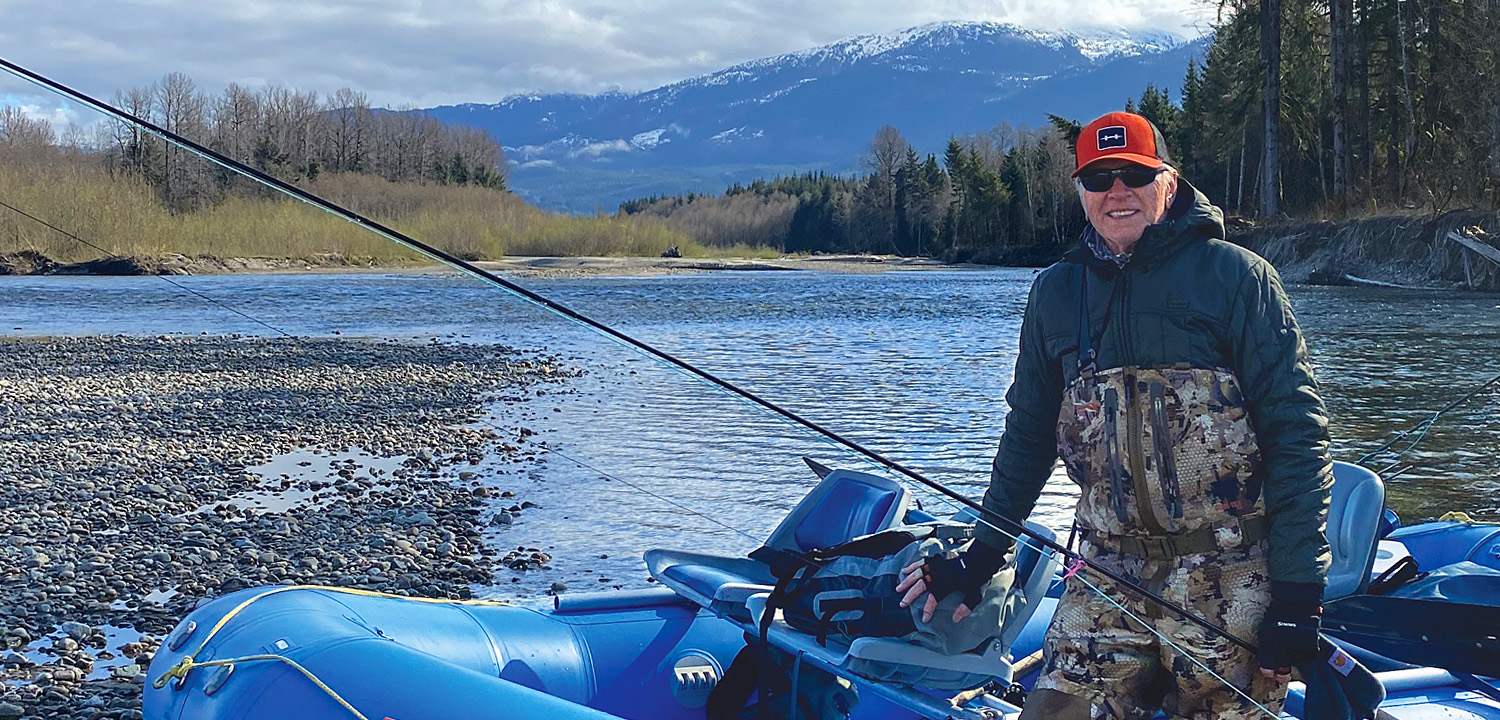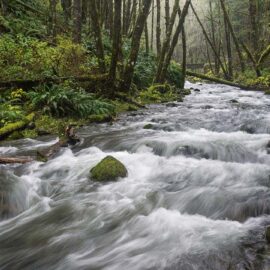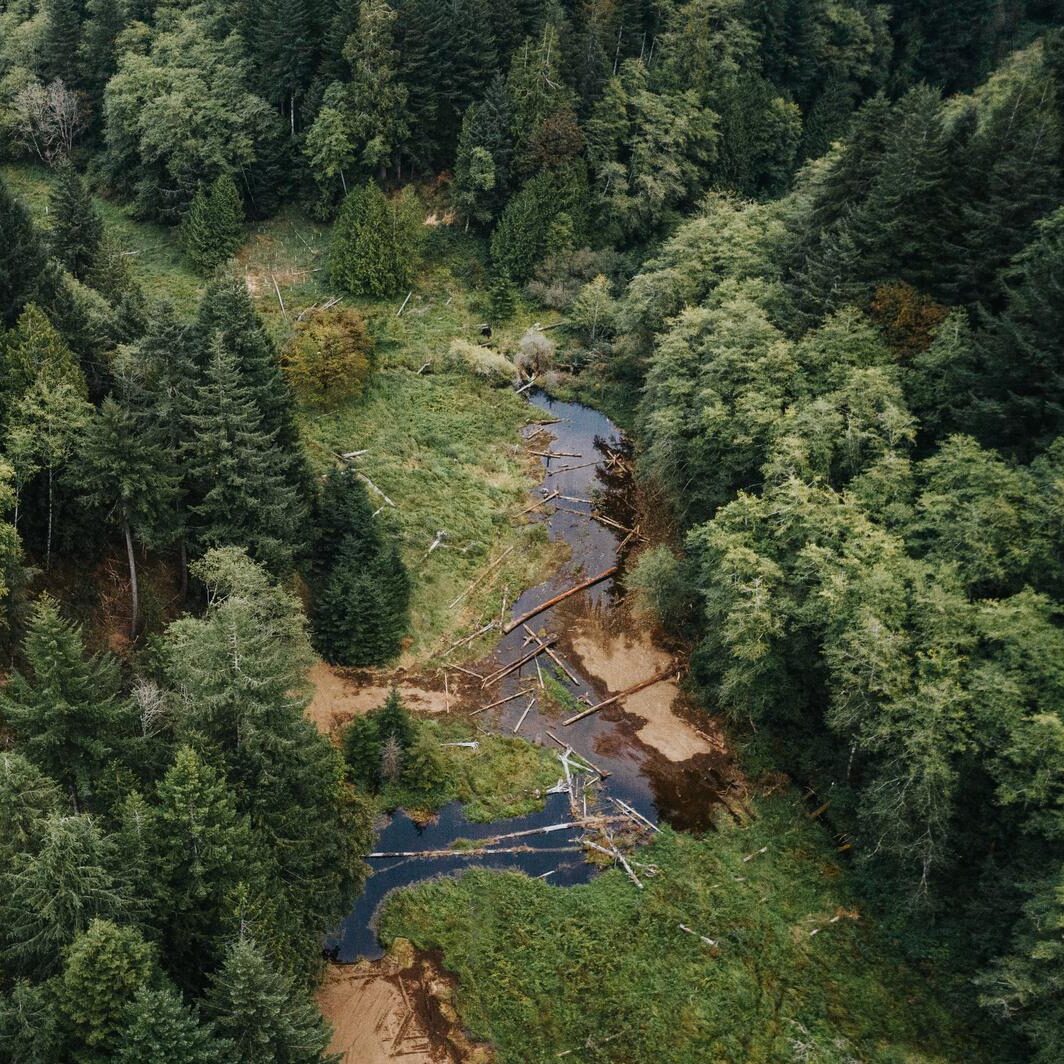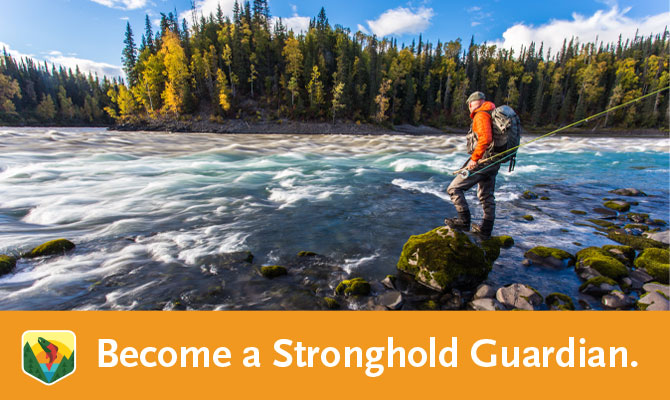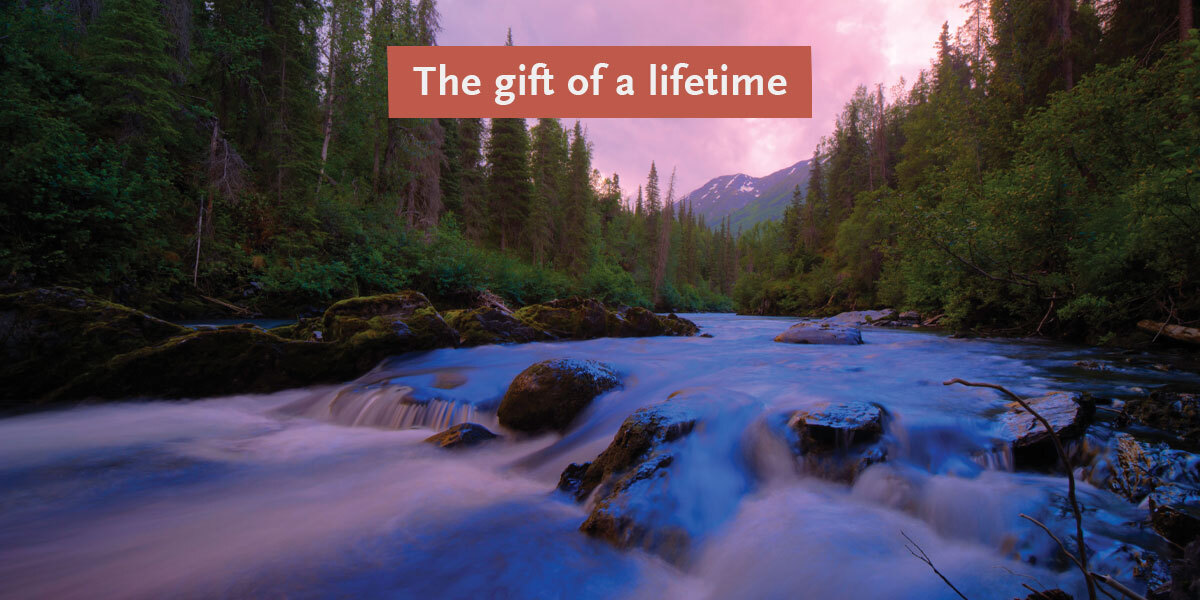The Silicon Valley sage shares why Pacific salmon conservation feels personal—and achievable.
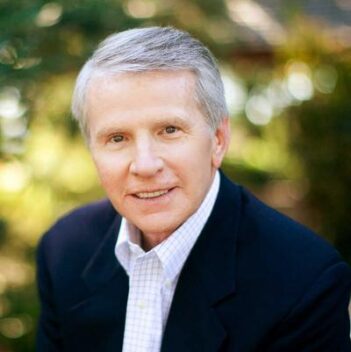
When Ray Lane joined the Wild Salmon Center Board of Directors in 2018, he brought his experience as one of Silicon Valley’s most steadfast and successful organizational leaders. Lane has been a pivotal figure in many fields, from his overhaul of Oracle in the 1990s, to his chairmanship of the boards of Hewlett Packard and Carnegie Mellon, to his current role as Managing Partner at GreatPoint Ventures and partner emeritus at Kleiner Perkins Caufield & Byers.
Lane has also been pivotal in advancing our stronghold strategy, through his service on the WSC board and his leadership gift to The Stronghold Fund.
“Ray Lane believes in the link between humans and nature,” says WSC President & CEO Guido Rahr. “He takes the work of salmon conservation very seriously, and has been incredibly influential in getting us to where we are today.”
Via The Stronghold Fund, Lane underwrote the creation of our Oregon Water Initiative, which is securing natural streamflows for wild salmon from the Rogue River north to the Nehalem. Now, he’s helping us build an ambitious 10-year capital campaign to empower salmon champions around the North Pacific and catalyze new support for wild salmon conservation through immersive storytelling—including a salmon IMAX film currently in development.
“When I meet people unfamiliar with WSC’s mission, I say, ‘yes, it’s about the salmon, but their importance as fish is unparalleled,’” Lane says. “They carry the vital nutrients to support the entire Pacific Rim lifecycle. Without them, the patient dies. We must get out of their way.”
Below, Lane shares more about his salmon journey—and why, for him, the work of conservation is personal.
“[Salmon] carry the vital nutrients to support the entire Pacific Rim lifecycle. Without them, the patient dies. We must get out of their way.”
Wild Salmon Center Board Member Ray Lane
Wild Salmon Center: Where does your salmon journey start?
Ray Lane: Probably in 2003, when I made my first trip to Alaska. I’d joined the board of the Special Olympics in 1996, and this took me to the World Games in Anchorage that year.
While there, I met [former Alaska] Senator Ted Stevens. He was surprised it was my first visit—and even more surprised that I’d never fly fished. So on that challenge I came back to Alaska the following year to King Salmon to fish the Naknek. I fell in love with it, and never looked back. I’ve returned to Alaska over 20 times since then.
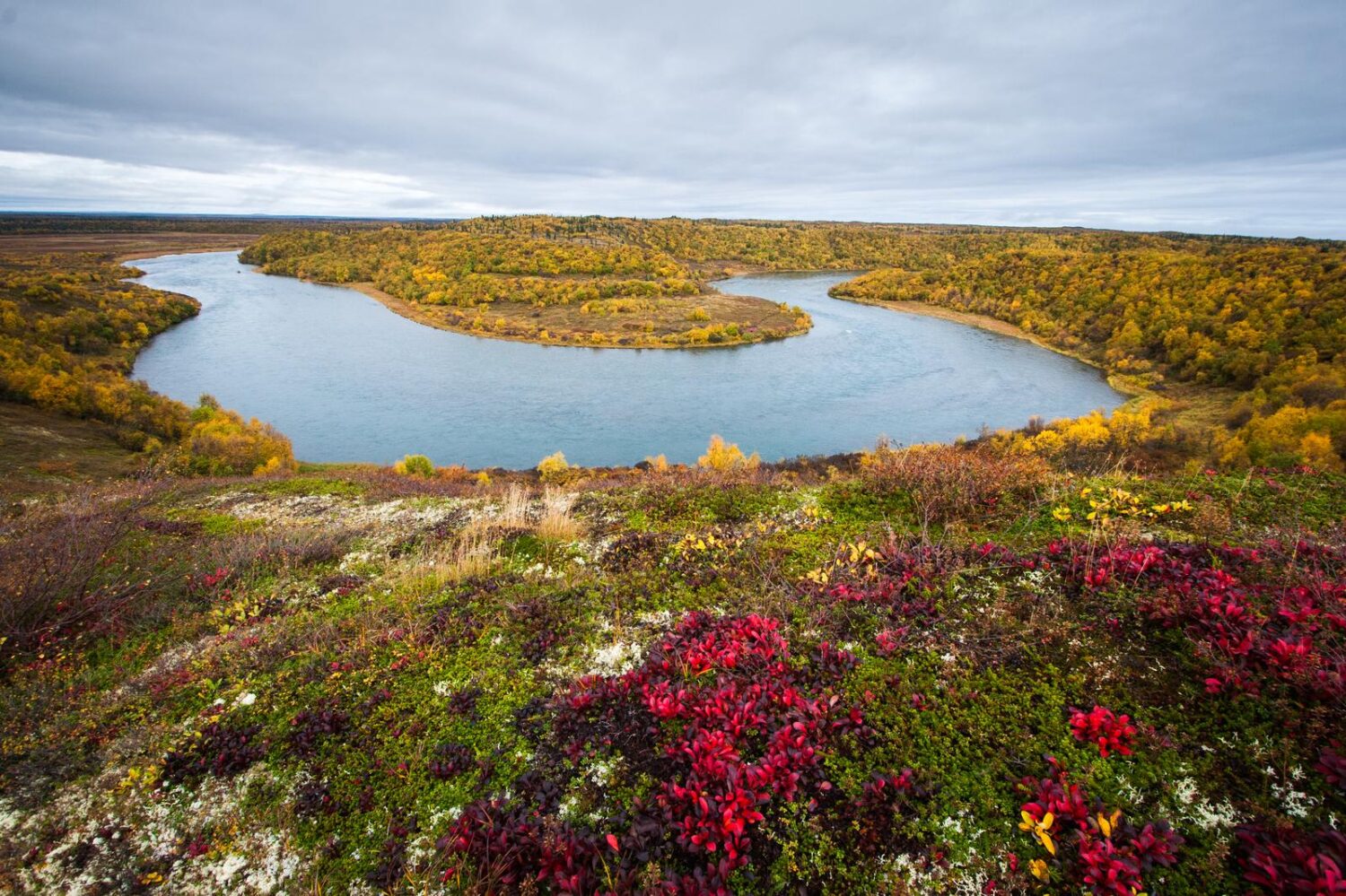
But up until the time I met Guido, the value of salmon, for me, was as a sport fish. I met Guido in San Francisco about eight years ago, and he pretty much had me at hello.
What was it that happened, in that first conversation?
At that meeting and dinner, there were a bunch of anglers that had just returned from Russia. They’d just spent a week in Kamchatka. So two things happened: I realized that you could go to more places than Alaska to fish, and that Russia was one of those very undisturbed places.
But what really got me was the way that Guido explained the importance of salmon to the ecosystem—that they’re part of the bloodstream of the Pacific Rim, important for bears and eagles and wolves and trees. And that we were destroying these habitats for salmon. It opened up my mind to a whole new world of challenges. That challenged me broadly, but more personally in my fishing life. So when Guido asked me if I’d be interested in the WSC board, I said yes.
Since then, I’ve had the time to explore many different regions: Russia, Mongolia, Washington, Oregon, British Columbia, the Bahamas, and, this year, Jurassic Lake, Argentina. I’ve now embraced this mission of making sure that the Pacific Rim is protected—that we don’t go the way of the Atlantic salmon.
“What really got me was the importance of salmon to the ecosystem—that they’re part of the bloodstream of the Pacific Rim. And that we were destroying these habitats for salmon. It opened up my mind to a whole new world of challenges.”
WSC Board Member Ray Lane
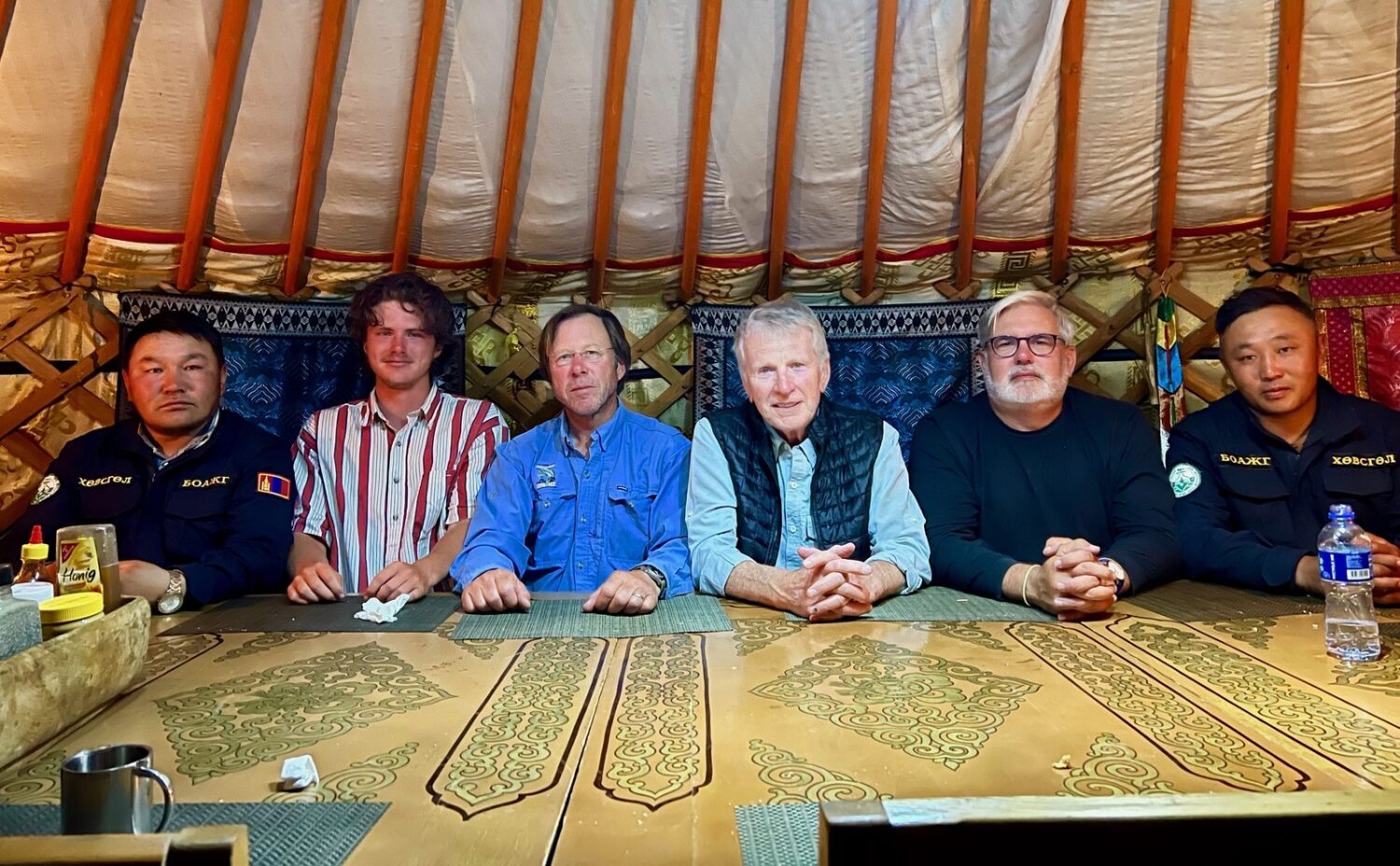
The Pacific Rim is a big place. What convinced you that Wild Salmon Center could make a difference for salmon?
The thing that I appreciate about Wild Salmon Center is that it’s very focused on the long term. Even though this organization takes on specific things—like Pebble Mine, Oregon water, dams, logging, and poaching in Kamchatka—the scale is effectively placed on the long term. That’s the whole idea of the stronghold strategy: let’s focus on saving what we can save, not spread ourselves too thin.
You said that this work is also personal for you. Does that go beyond fly fishing?
I do relate in other ways. I have a large organic farm in Oregon, right on the Rogue River. We’ve had that for about 20 years. For Californians, particularly Southern Californians who come to Oregon, it’s amazing to see the appreciation for the greenery, the water, the pines, the mountains—everything that’s just not there in Southern California.
So we certainly appreciate it. But when Guido came to me a couple years ago and asked if I’d support a new project, the Oregon Water Initiative, I don’t know that initially I’d have picked it out of a line up of all the big projects WSC had going on, like Pebble Mine and the work in Russia.
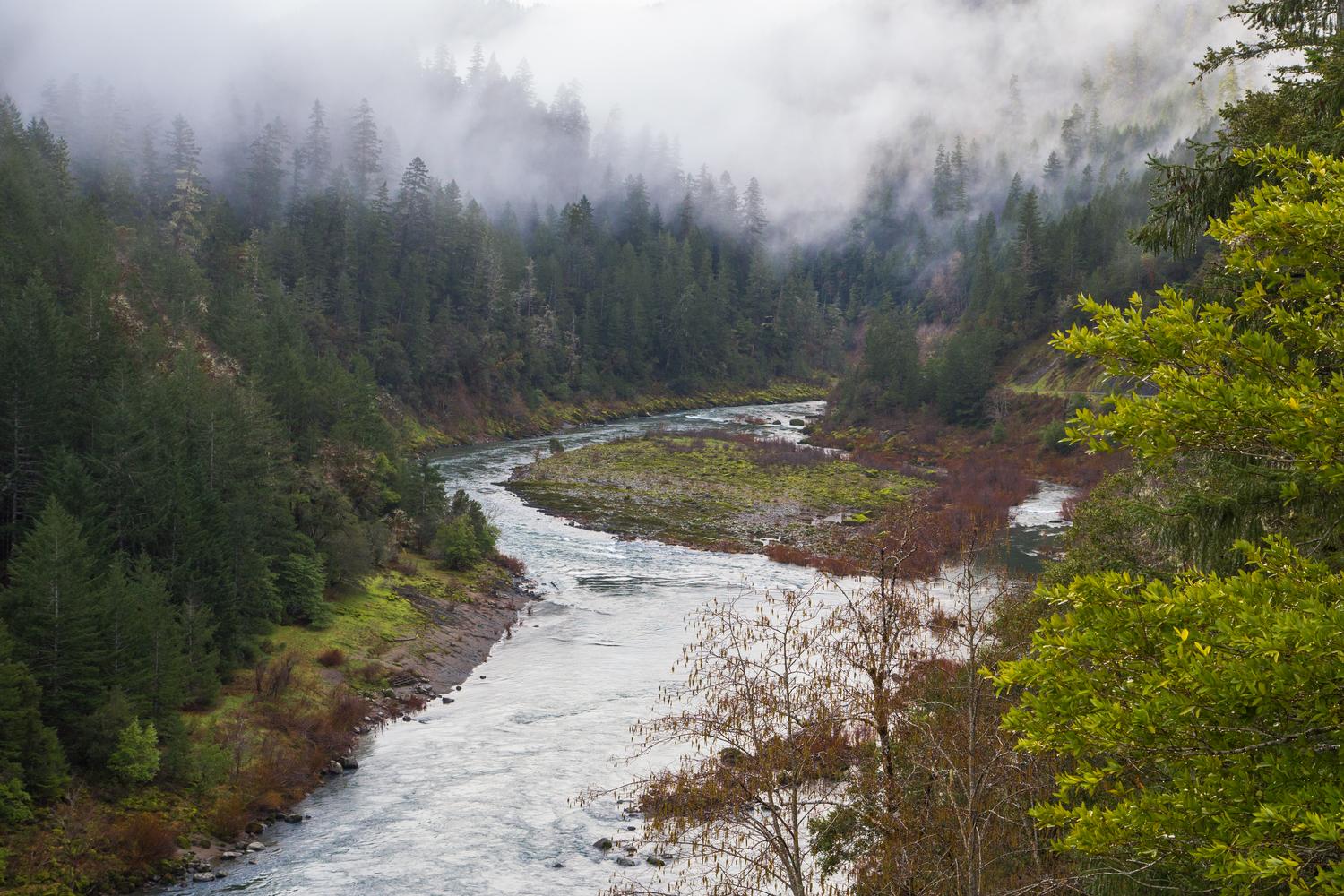
But I did think it was doable. Though in no way could I have predicted the success this program has had already. In terms of the legislation passed and more, it’s been delightful to be involved with it. Due to WSC staff, one million acres are also protected from logging [through the Private Forest Accord] by establishing permanent riparian setbacks.
So far, this is the thing that really stands out in my time with WSC. I didn’t do anything other than give money. But it’s had great success. Everybody wins. A lot of times when donors give money, they don’t see results. They might see programs continue, and they might get reports, but rarely do they get to see results as fast as that. As a donor, there is nothing better than that.
“A lot of times when donors give money, they don’t see results. They might see programs continue, and they might get reports, but rarely do they get to see results as fast as that. As a donor, there is nothing better than that.”
WSC Board Member Ray Lane
In addition to your connection with the Rogue, you also have ties to another salmon stronghold: Butte Creek, on the Sacramento River?
Yes. Several years ago, I purchased one half of the Berry Patch: a duck hunting club in the Butte sink, in the middle of the California flyway. It’s a beautiful lodge. If you’re a duck hunter in California, you know about the Butte sink.
The story here is a bit like my salmon journey. Again it was Guido who called me one day—about a year after he first came with me to the Berry Patch. He said, do you know that Butte Creek holds 10-20,000 spring Chinook every year? He told me the story of how [Butte Creek dam operator] Pacific Gas & Electric had destroyed so many of these salmon—and yet, how resilient this population has been to human challenges.
I love the story of how these salmon make their way up the Sacramento River into this system. Now, with WSC, we’re doing more studies of these populations, to understand how farmers, hunters, and anglers can do more.
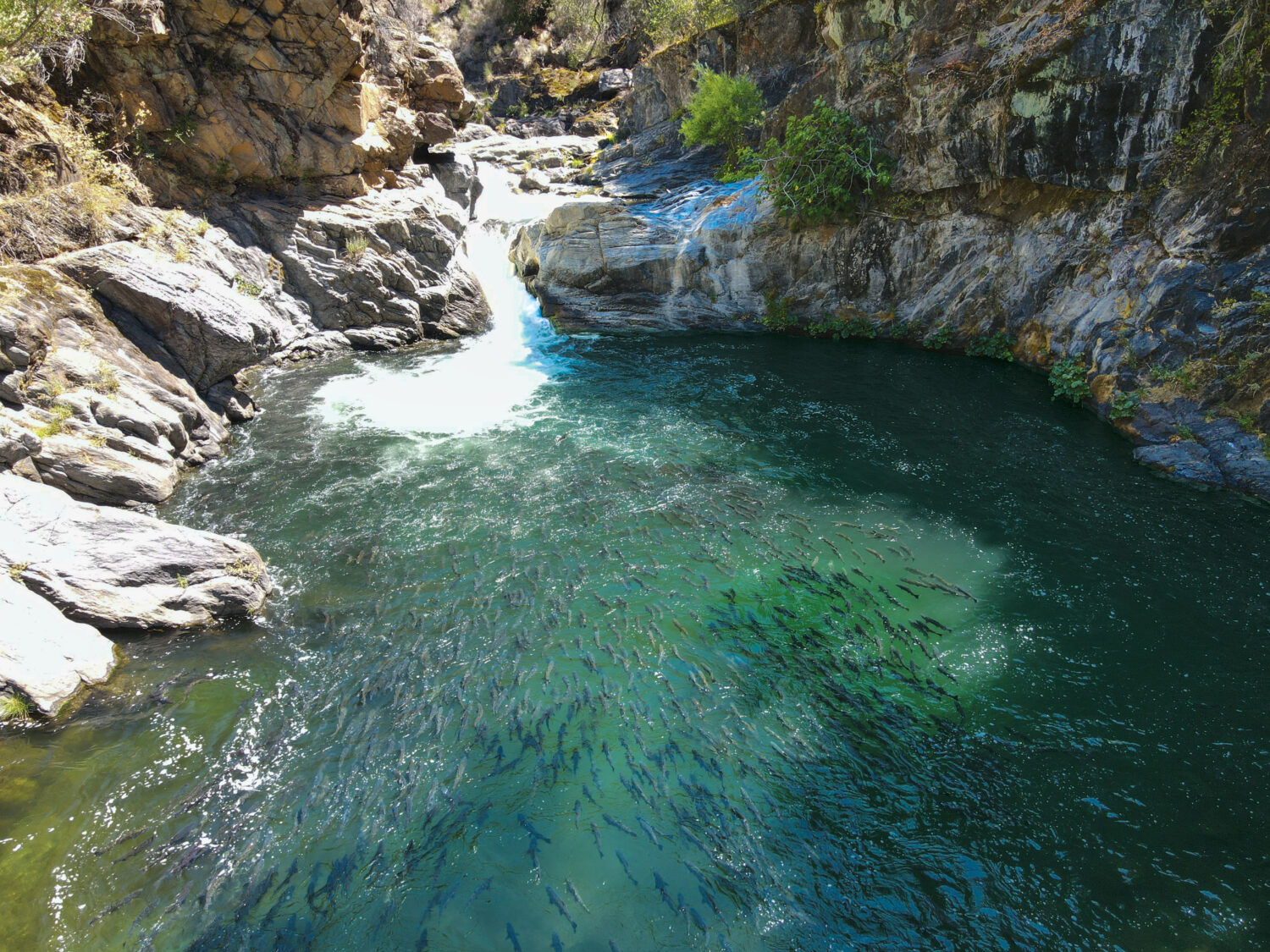
You move in so many different circles, from Silicon Valley to the world of cancer research to hunting and angling. How do you talk about the story of salmon to people who might not be familiar with these issues?
When I talk to people who maybe aren’t into fishing, they’re often clueless about salmon. But when they hear how important salmon are to the region, and the human-induced challenges they face—it’s a powerful story. It’s not like the story of climate change. It’s more specific. And it’s something we can do something about.
I’ve talked with Guido about another big project, an IMAX movie about salmon. Exposing this story to more people will be very beneficial. When it comes to the environment, many people are happy to talk about it, but don’t ask what we can actually do. WSC isn’t about organizing a parade to protest harm we’re doing to the environment, but getting to specific outcomes—each of which takes resources, knowledge, and science.
When I talk to other people, that’s what I say. I have a WSC fleece and when people ask, “what’s that logo?,” I don’t say, “you should sign up!” I tell them my story about protecting strongholds across the Pacific Rim.
“When [people] hear how important salmon are to the region, and the human-induced challenges they face—it’s a powerful story. It’s not like the story of climate change. It’s more specific. And it’s something we can do something about.”
WSC Board Member Ray Lane
